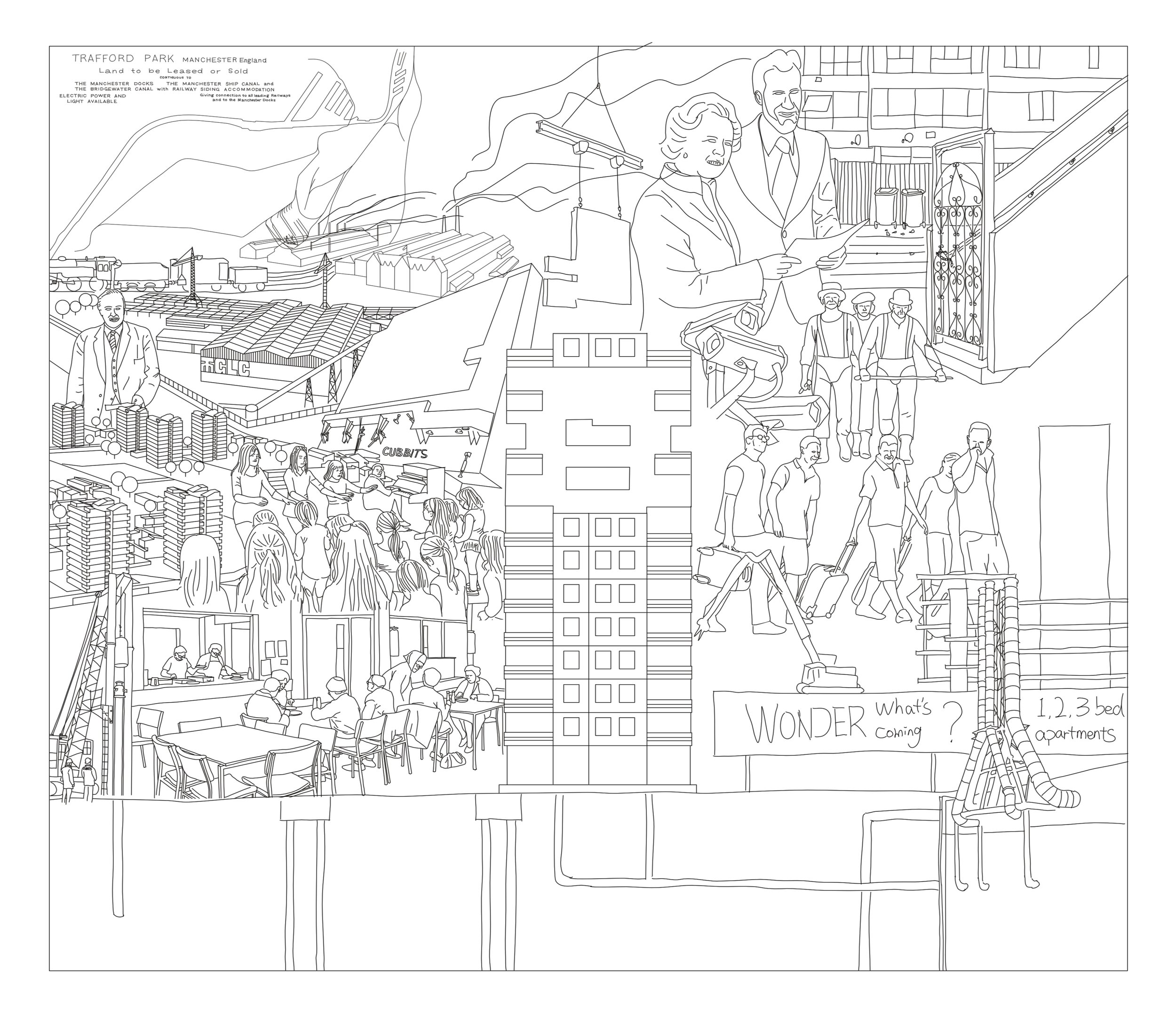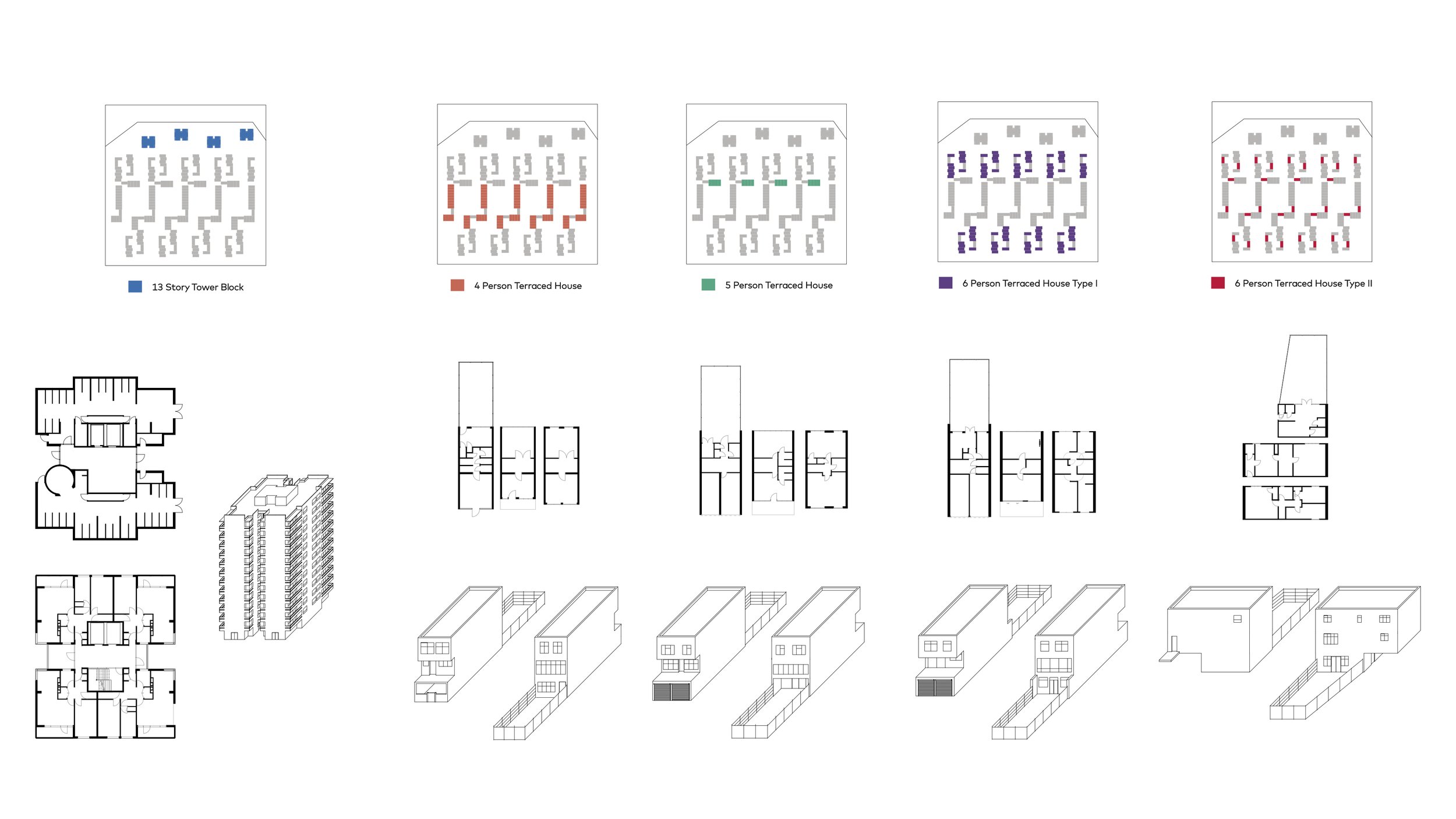A Tale of Two Panels
Concrete Panel was the weapon for state to spread the construction of New Towns during the postwar period in strategic parts of the country in order to redistribute the workforce and economy. With high density housing, recreation facilities and the notion to forge community, the driving intention behind the self-contained nature of New Towns was to maximise the health, moral well-being, and productivity of the workforce.
1980 Housing Act gave the right for council tenants to purchase their own homes. However they were unable to do so in Thamesmead. The shared services, literally cast in concrete panels, prevented the privatisation and individualisation of each flat. Tenants were refused access to insurance and mortgage. By 1987, sales of flats in high density council housing under Right to Buy constituted only 5 percent of overall sales across the country. Indeed, Thamesmead, but also New Towns and council housing in general simply not designed to be privatised.
My proposal is the timber panel system made by local resident would act as the means to repair and rebuild what was once lost to privatisation and demolition. It also to generate a stream of revenue through the sale of the timber panels and feeding profits back to the local economy. Restoring the infrastructure that made collective urban life possible requires not only an alternative plan to demolition, but also an alternative economic framework which would act as a counterpoint to the imperatives of neoliberalism.















